Search Results for 'Galway Archeological and Historical Society'
6 results found.
O’Beirn’s Pharmacy, Henry Street
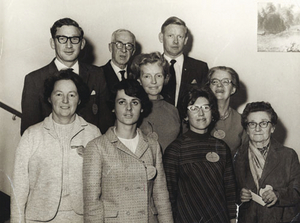
Our photograph today is of the Galway Committee of the Pharmaceutical Union who organised a national conference of their peers here in the early 1960’s. They are, back row; Paul Hayes, Lydon’s Pharmacy; Gussie Hayes, Portumna; Tommy Farmer a medical rep and also a qualified pharmacist who lived and worked out of Devon Park. In front are Eibhlín Ó Beirn, Ó Beirn’s Pharmacy, Henry Street; Mary Breen; Mary Barry who worked in Merlin Park; Judy Walsh, Spiddal; Síle Ó Beirn, Henry Street; Laura Cunniffe, William Street and Salthill.
The Bish, one hundred and fifty years
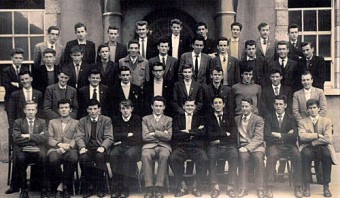
On this day one hundred and fifty years ago, St. Joseph’s Secondary School formally opened. It represented a triumph for Dr McEvilly, Bishop of Galway, who had worked tirelessly to get the Patrician Brothers to Galway to add to the educational facilities for Catholic boys in the city. Indeed the bishop’s association with the school was such that it became known as ‘The Bish’. Others regarded it as a seminary for preparing boys for the priesthood and so it was also known colloquially as ‘The Sem’.
Eugene Daly, survivor of the Titanic
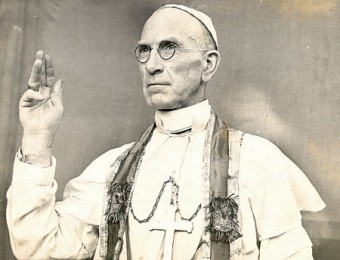
Eugene Daly was a 29-year-old weaver in Athlone Woollen Mills who decided to leave his job and go to America. He paid £6-19 for a third class ticket and boarded the Titanic at Queenstown. He was a piper and played native airs on board the tender on the way out to the liner. One of the survivors later sourly noted, “Looking astern from the boat deck, I often noticed how the third-class passengers were enjoying every minute of the time, a most uproarious skipping game of the mixed double was the great favourite whilst “in and out and roundabout” went a man with his bagpipes playing something that ‘faintly’ resembled an air.”
The Garra Glas in the Claddagh
The Garra Glas (The green field or green garden) was an area of the Claddagh which corresponds to where the Fire Station is today. Our photograph was taken in the 1930s when things were changing in the area .. the old Claddagh houses were being gradually knocked down to make way for those that are there today. Kerbstones were being laid down to frame the newly laid road surface. The house we see on the left belonged to the Flaherty family. The building next to it was obviously converted from a cottage into a workshop of some kind with the large beam supporting the double doors. Next door was Cubbards. You can see someone peeping out the door.
Watery Woodquay
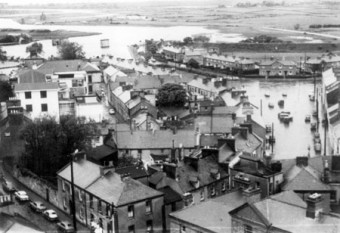
Most of the area seen in this photograph was once part of a grant of land to Edward Eyre in 1670. It was all originally outside the city walls and was mostly made up of three islands which included St Stephen’s Island and Horse Island.
A street scene in Galway, 1835
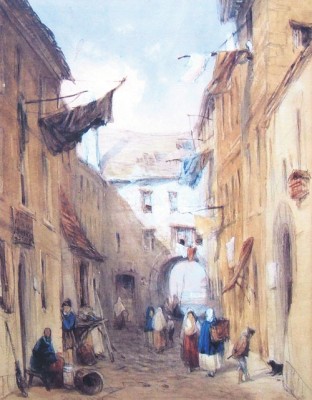
Some weeks ago we reproduced a painting by William Evans of Eton College in this column. It was a colourful scene painted at the back of the Spanish Arch in 1835. Today’s image was painted in watercolour over pencil and heightened with body colour in that same year and was entitled “A Street Scene in Galway”.

